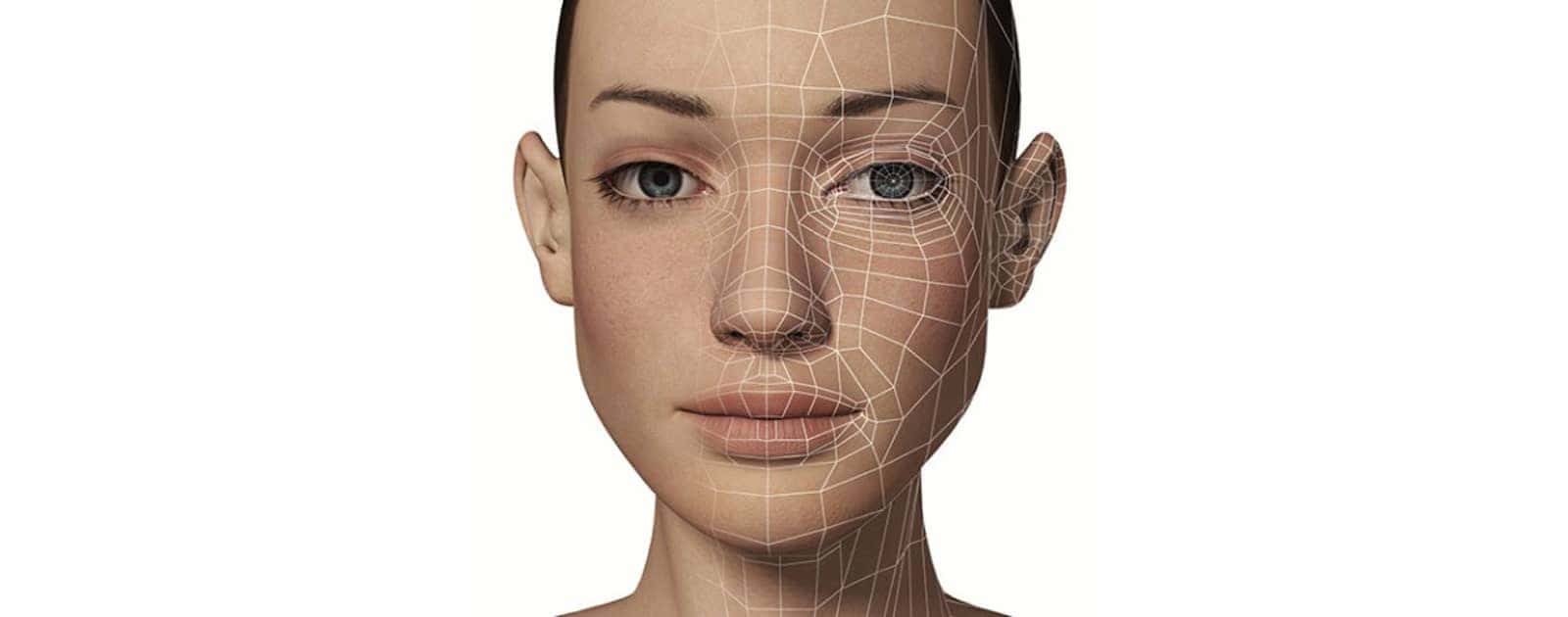The iPhone X looks gorgeous, but an immediate question for many was how accessible the new handset would be. Face ID requires you to give your iPhone your attention, something visually impaired users might not be able to do. Furthermore, the absence of a physical Home button left questions about how to activate some iPhone X Accessibility features.
Jonathan Mosen, a consultant working closely with the blind community and one of the hosts of The Blind Side Podcast, reached out to Apple about these concerns. Cupertino was quick to respond, and he outlined what he learned on his blog. Here’s my take on iPhone X accessibility.

Using Face ID When Your Eyes Won’t Cooperate
Apple has earned the trust of the blind community, and others, with its careful attention to accessibility issues. Members of the blind community raised an immediate about Face ID. After all, the technology appears to require the iPhone X owner to look into the camera for authentication to happen.
The eye is a big concern for most people in the blind community. They often keep their eyes closed, and some (like Mosen) appear to have small or sunken eyes. Mosen asked Apple how Face ID might accommodate that. Cupertino quickly responded with the following:
The iPhone X has been designed with a number of accessibility features to support its use.
For VoiceOver users, Face ID will prompt you as to how to move your head during set up in order to complete a scan. If you do not want Face ID to require attention, you can open Settings > General > Accessibility, and disable Require Attention for Face ID. This is automatically disabled if you enable VoiceOver during initial set up.
This is encouraging. It means there is a way to use Face ID technology. Even when you are incapable of giving your eyes’ attention to the iPhone X, you can use Face ID.
I am left wondering, however, about the relative insecurity of this accommodation. I can foresee a circumstance where someone with Require Attention for Face ID turned off could be illegally compelled to unlock their iPhone X. We’ll have to see if that becomes an issue or not.
Toggling iPhone X Accessibility Features
The second major concern was how owners of the new handset would be able to toggle iPhone X accessibility features on or off. Clearly, the old method of triple-clicking the Home button won’t work — there is no physical home button.
Instead, the iPhone X uses the Side button for accessibility toggles. Triple-clicking that Side button will turn Accessibility features off or on, but I have to issue some caution here. If you inadvertently click the Side button five times in a row quickly, the Emergency SOS function within iOS 11 activates. That could be awkward, to say the least.
The iPhone X Appears to Have Accessibility Nailed, Kind of
Do I think the accessibility functions within the iPhone X are going to be perfect? No, I don’t, and Mosen offers some caution about them as well. While Cupertino has kept accessibility in mind with the iPhone X, it does seem almost like an afterthought that hasn’t been fully tested or evaluated.
Senator Franken is already asking Apple about Face ID. This goes back to my question about a passcode, is Face ID optional?
My question was answered in the copy of another story, there is a passcode and not just Face ID. That it is similar in operation to Touch ID makes sense.
Okay, is there a passcode for the iPhone X?
I just can’t wait for the ACLU and other privacy advocates to complain when the police flash the iPhone X in front of the face of someone just because they want access to the device. I see a 4th Amendment fight coming!